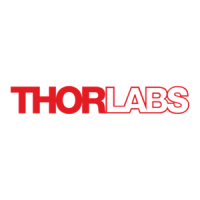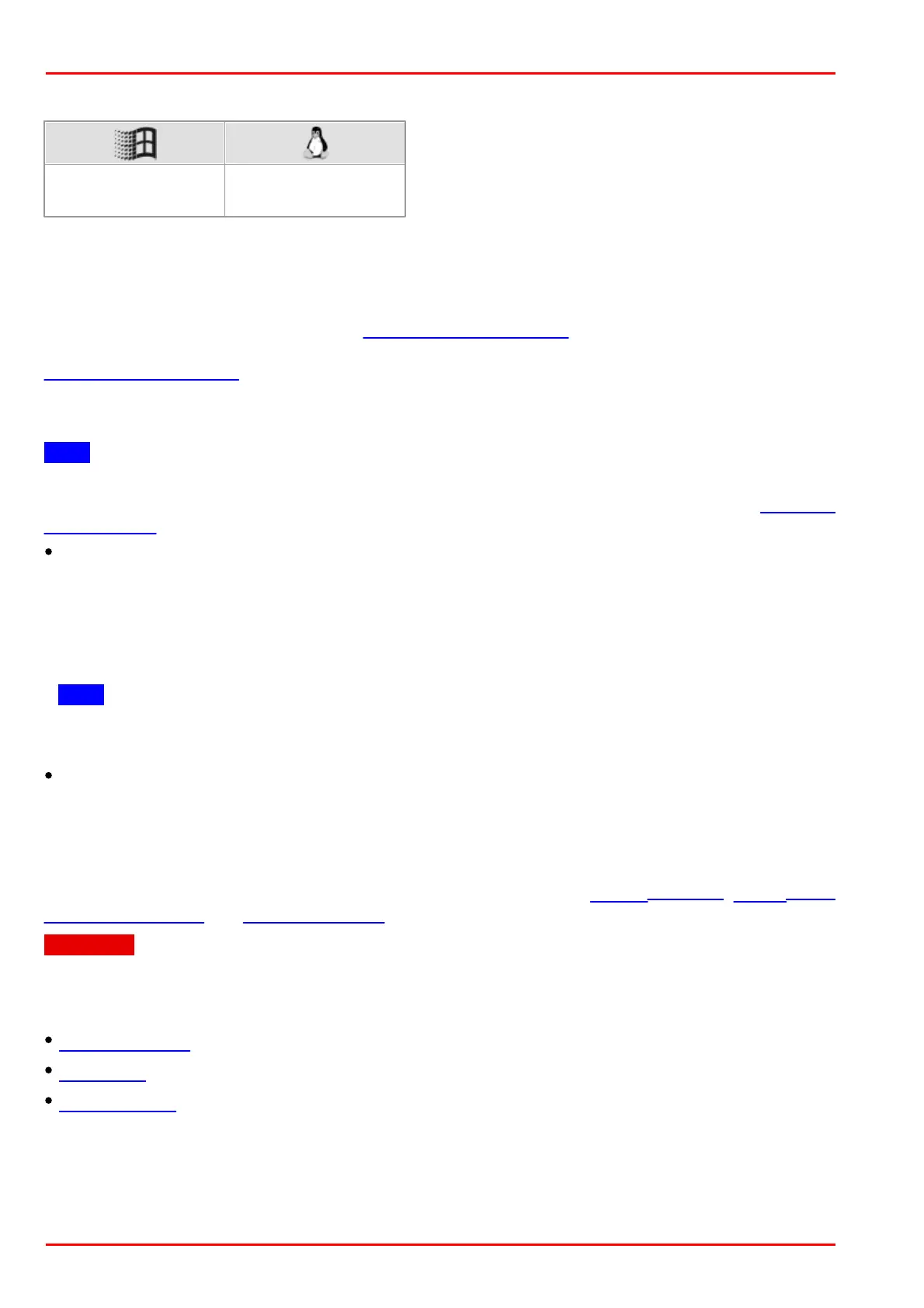© 2016 Thorlabs Scientific Imaging286
DCx Camera Functional Description and SDK Manual
4.3.65 is_IO
Syntax
INT is_IO(HIDS hCam, UINT nCommand, void* pParam, UINT cbSizeOfParam)
Description
With the is_IO() function you control all flash and trigger functions and the additional digital outputs
(GPIOs) of some DCx Camera models. For information on GPIO wiring, please refer to the
Electrical Specifications chapter.
Additionally you can toggle the color of the LED on the back of the DCU22x and DCC1240x
camera housing.
Note
GPIOs are available only for DCC3240x cameras. The GPIOs are not provided with optocouplers
and use TTL/LVCMOS voltages. For information on GPIO wiring, please refer to the Electrical
specifications chapter.
Rolling shutter cameras:
Using is_IO(), you can determine the times required to implement a global flash function for
rolling shutter cameras. This way, a rolling shutter camera can also be used as a global shutter
camera provided that no ambient light falls on the sensor outside the flash period.
If the exposure time is set too short so that no global flash operation is possible, the function
returns IS_NO_SUCCESS.
Note
To use a rolling shutter camera with the global start function, first call the is_SetGlobalShutter()
function. Otherwise, incorrect values will be returned for Delay and Duration.
Global shutter cameras:
In freerun mode, the exposure of global shutter cameras is delayed if the exposure time is not set
to the maximum value. is_IO() determines the required delay in order to synchronize exposure
and flash operation. In triggered mode, the return values for delay and flash duration are 0, since
no delay is necessary before exposure starts.
For further information, please refer to the chapters Camera basics: Shutter methods, Digital input/
output (trigger/flash) and Operating modes.
Attention
Accuracy of flash synchronization
The following parameters have an influence on the camera's internal timing:
Image geometry (CMOS and CCD sensors)
Pixel clock (CMOS and CCD sensors)
Exposure time (CCD sensors)
If you change any of these parameters, you will have to set the flash duration and flash delay
parameters once again.
The nCommand input parameter is used to select the function mode. The pParam input parameter
depends on the selected function mode. If you select functions for setting or returning a value,
pParam contains a pointer to a variable of the UINT type. The size of the memory area to which

